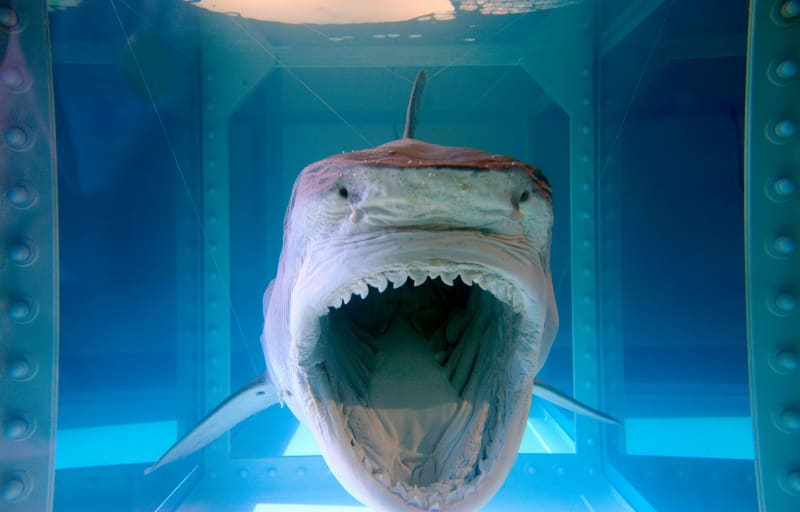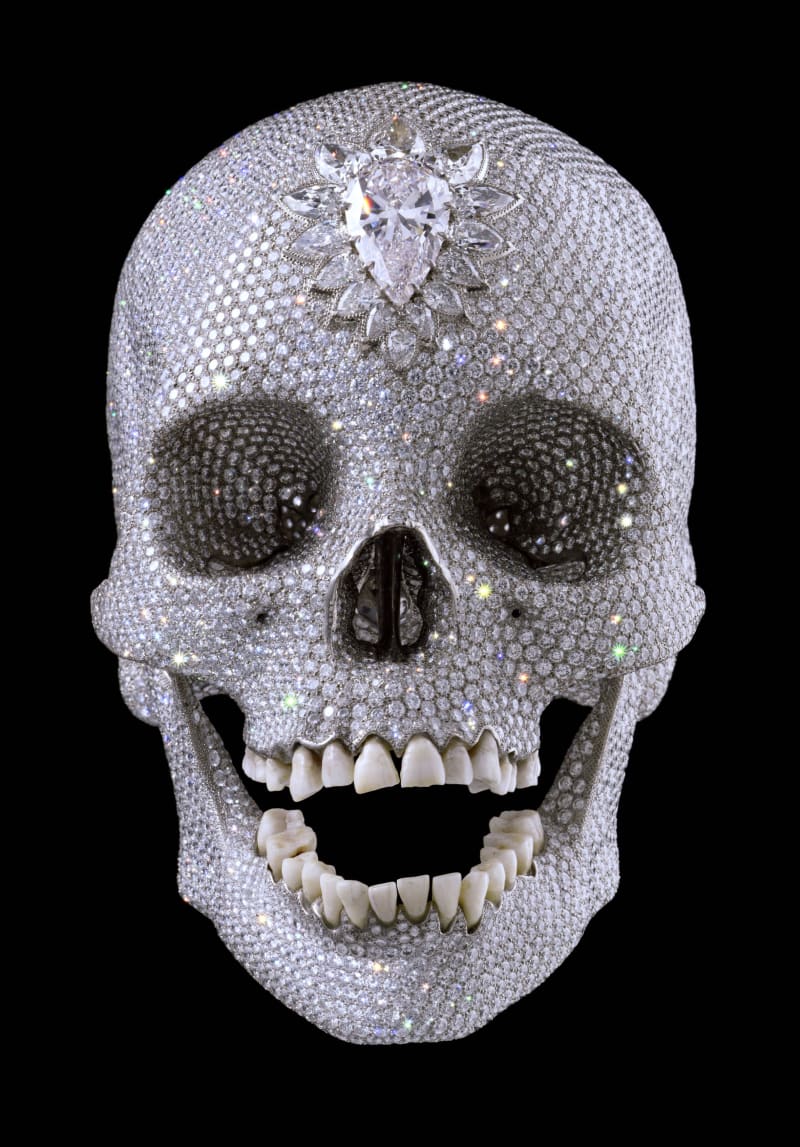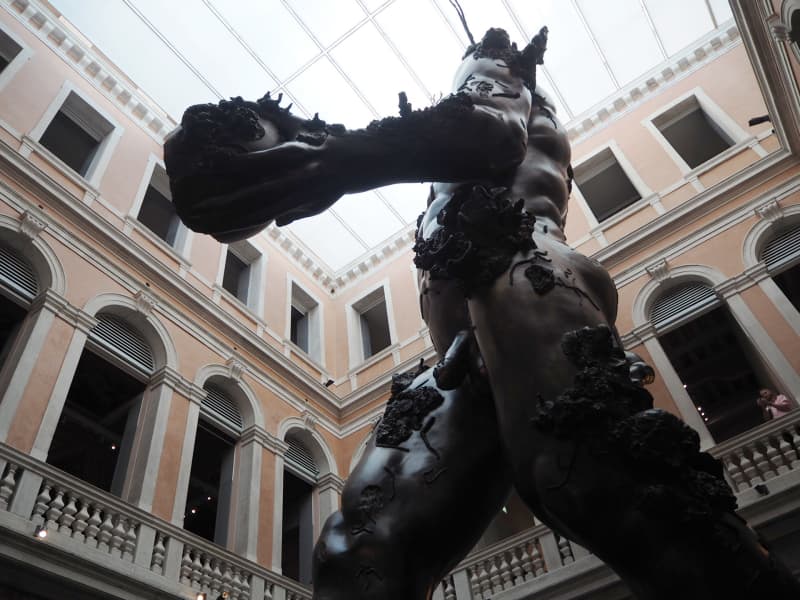The works to be burned are part of a huge series of works for which Hirst has produced both physical and digital versions. By burning the physical ones, he wants to ensure the uniqueness of the digital ones. The unsold digital works will also be destroyed.
It is a series of 10 000 works by a millionaire artist. The series was created six years ago.
Made up of colourful dots, the works are painted on handmade paper with enamel paint, named, signed and numbered. There are also digital, ntf versions.
People could choose whether to buy the series in physical form or as a unique digital, nft version. Hirst announced that he would destroy the other versions.
Slightly more than half of the buyers wanted a physical piece consisting of colorful dots. According to Newport Gallery, 4,851 buyers chose the crypto version.
On Monday, Hirst announced on his Instagram account that he will burn the first thousand unsold physical works in front of the public in the fireplace of his gallery on Tuesday. The world’s most famous artist continues to burn works every day until the exhibition ends at the end of October.
– I think digital art is becoming art. And I like art, digital and physical, for different reasons, Hirst stated at the event.
– My roots are in physical art and digital art is a bigger challenge for me. I still think that this (burning the works) is necessary. In order to create truly digital works of art, physical works must be destroyed. They cannot exist at the same time.
Hirst, who emerged in the art world in the 1990s, has been awarded, appreciated and criticized.

He is known, among other things, for a work in which a dead shark floats in formaldehyde and a diamond-decorated skull.

Hirst also appeared five years ago with his megalomaniac exhibition at the Venice Biennale. The exhibition cost the artist 50 million pounds.

